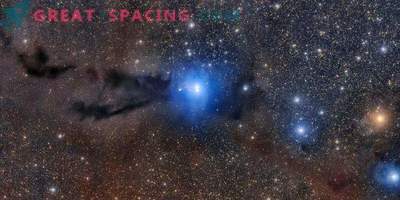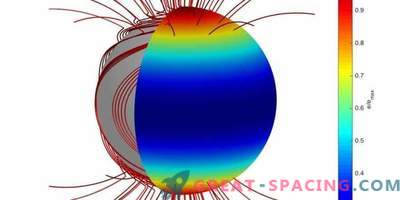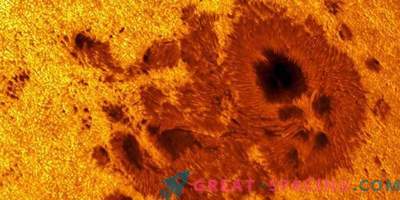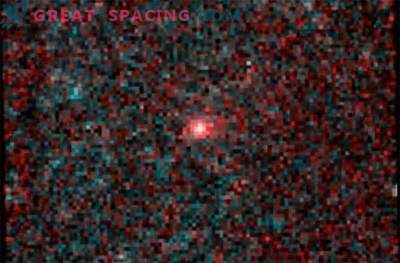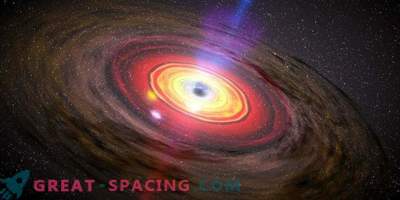
It seems that our Sun has remained stable for centuries, but scientists have noted changes in brightness. The magnetic fields and large-scale plasma currents inside the star are responsible for this. For the first time, researchers were able to restore brightness fluctuations on all time scales (from minutes to decades). This information not only improves the construction of climate models, but also is suitable for characterizing far stars.
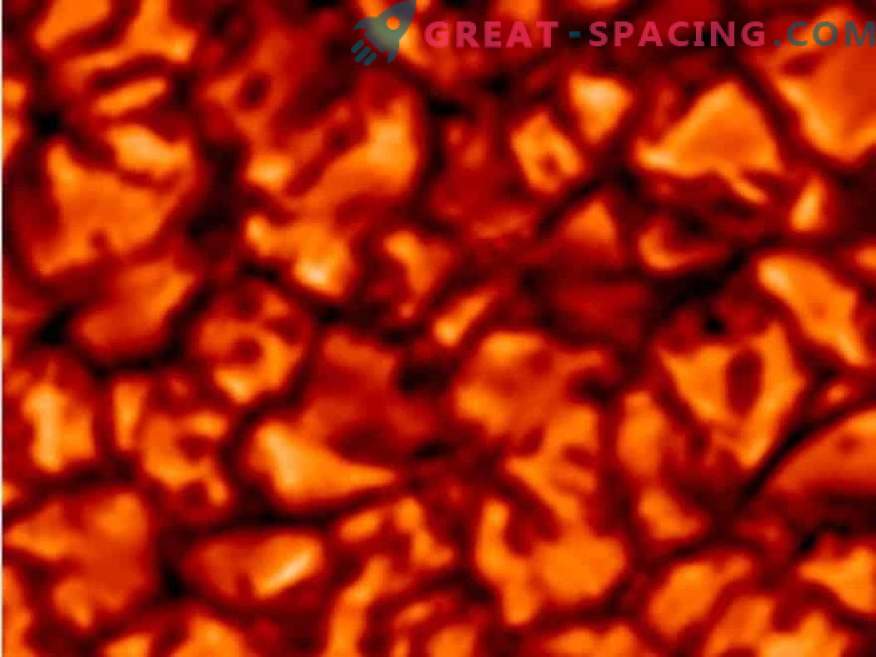
Hot plasma streams on the sun form granulation. Bright and dark areas are changing rapidly. Granulation is responsible for changes in solar brightness lasting less than 5 hours. Photo taken in 2009
With the passage of an exoplanet in front of a star, it blocks the light. This change is recorded by us even at a distance in light years. In theory, this is how we are able to find distant worlds. But in reality, stellar brightness often fluctuates, which causes false suspicions. Therefore, it is important to explore this moment on the native star. The problem with our Sun is that its brightness changes at different time scales. Some cycles cover minutes, while others span decades. We know that plasma currents that lead to granulation affect the process. Typical structures extend hundreds of kilometers and last less than 5 hours.
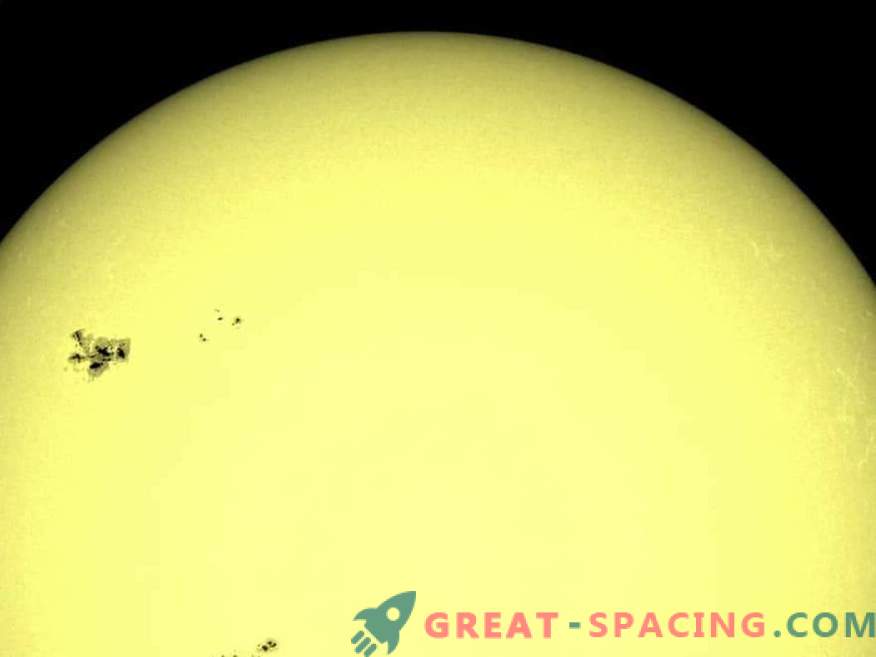
Solar magnetic fields are responsible for long-term changes in stellar brightness. Dark areas are marked on the surface - spots
But the greater effect bring magnetic fields. With a high level of activity, they are marked on the surface with dark and bright (torches) spots. They are very large and some can even be viewed from Earth.
For analysis, data from SOHO and SDO were used. The information was collected over a 19-year period, so it can be compared with modern ones. Now it will be possible to more clearly modulate the brightness fluctuations of distant stars.






